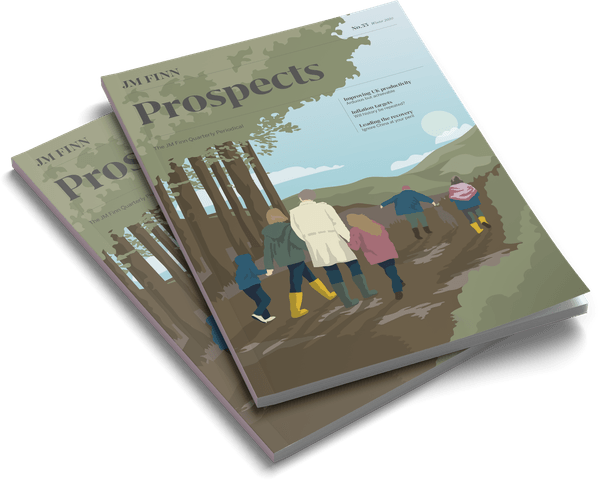When IRs are low (i.e. borrowing is cheap) consumers can spend more…inflation goes up. In consumer driven economies, rate moves are very significant to economic performance. But when referring to ‘high’ and ‘low’ IR, this has traditionally meant above the zero bound.
Negative IR reverse this premise of borrowing. Instead, the lender pays the borrower for keeping/using their money. For example, a consumer with a deposit in a bank, pays the bank to hold their money. This should encourage consumers to save less and spend more rather than letting their money sit idle in the bank and incur fees.
The same relationship between consumer and bank also applies between a bank and its respective central bank. Thus negative IR should encourage banks to lend more like it encourages consumers to spend more.
Similar actions can however cause different reactions. Whilst commercial banks have accepted negative IR from central banks, they have not passed negative IR to customers, in fear of losing business. This leads to a cut to their own profits and so reduces their inclination to lend. The exact opposite to the effect intended.
The fact that the extreme option of negative IR are being considered, indicates that interest rates are not as powerful in steering the economy as previously considered. Post pandemic, more will be needed to boost the economy than a few tenths of a percentage point below zero.



